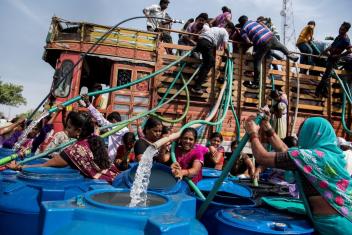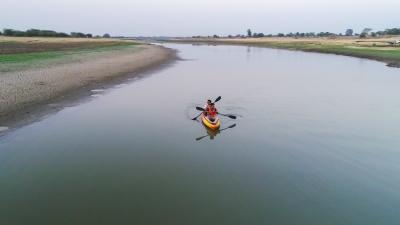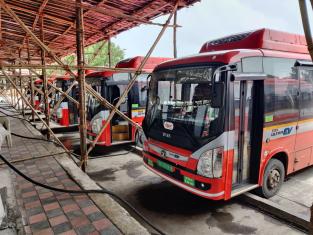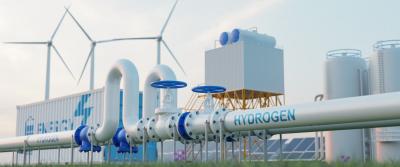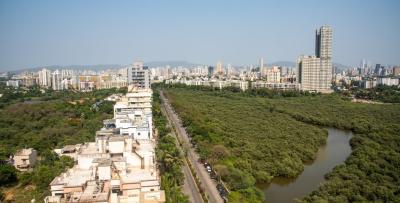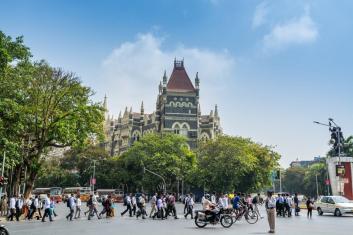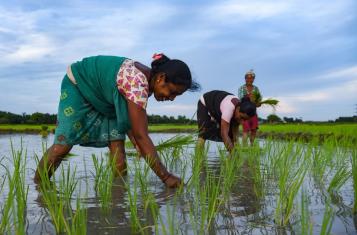Nature-based Solutions for a Water Secure Urban India
by , e -Access to clean water is a critical component of our day-to-day lives. Many of us have had at least one occasion where you wake up in the morning to find out that there is no running water in the house. Now imagine, if this were the case not just for your house, but the entire city. This is what a Day Zero situation looks like, where an entire city faces water supply cuts that compels residents to rely heavily on private water tankers. In India,...

